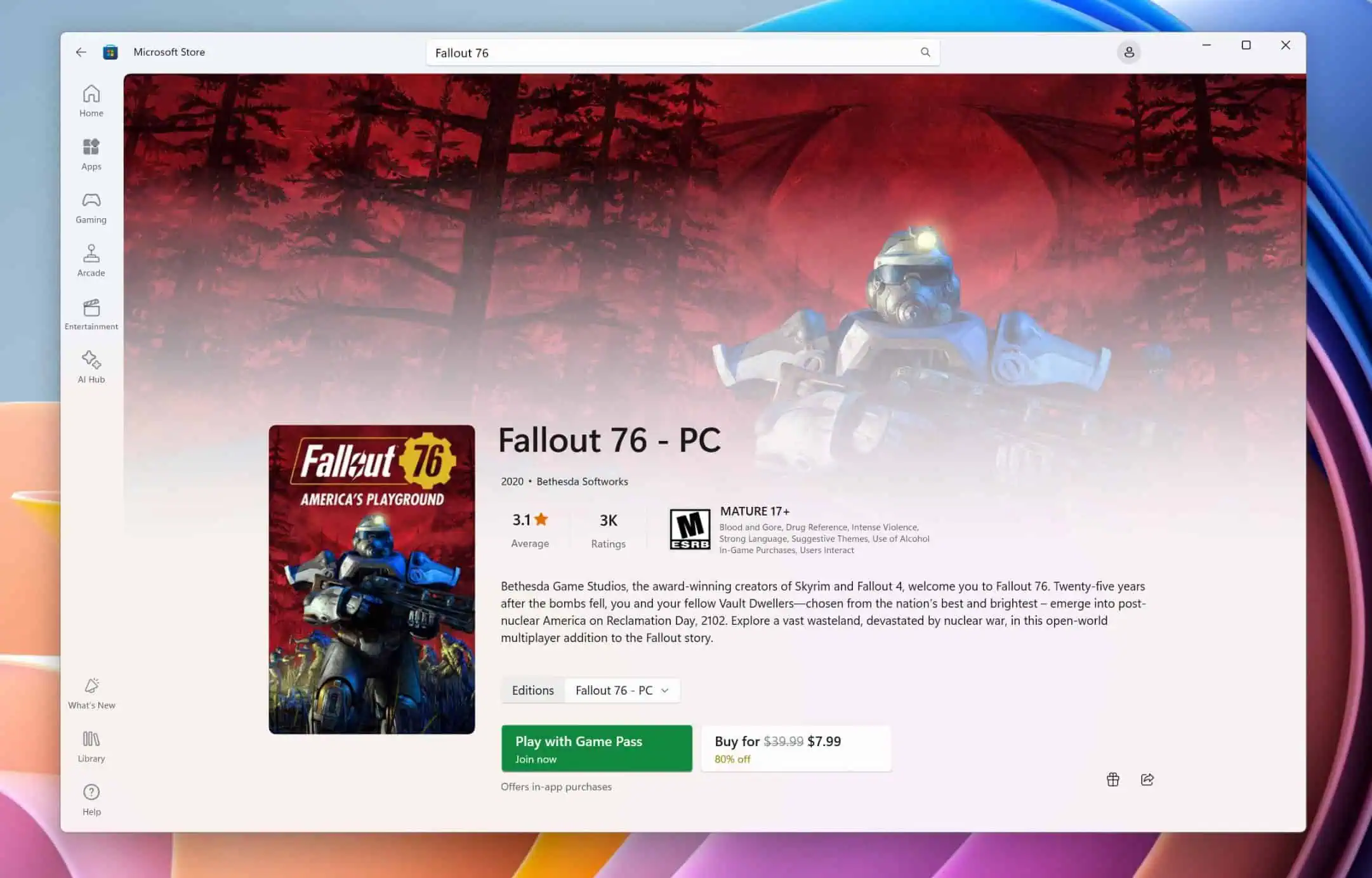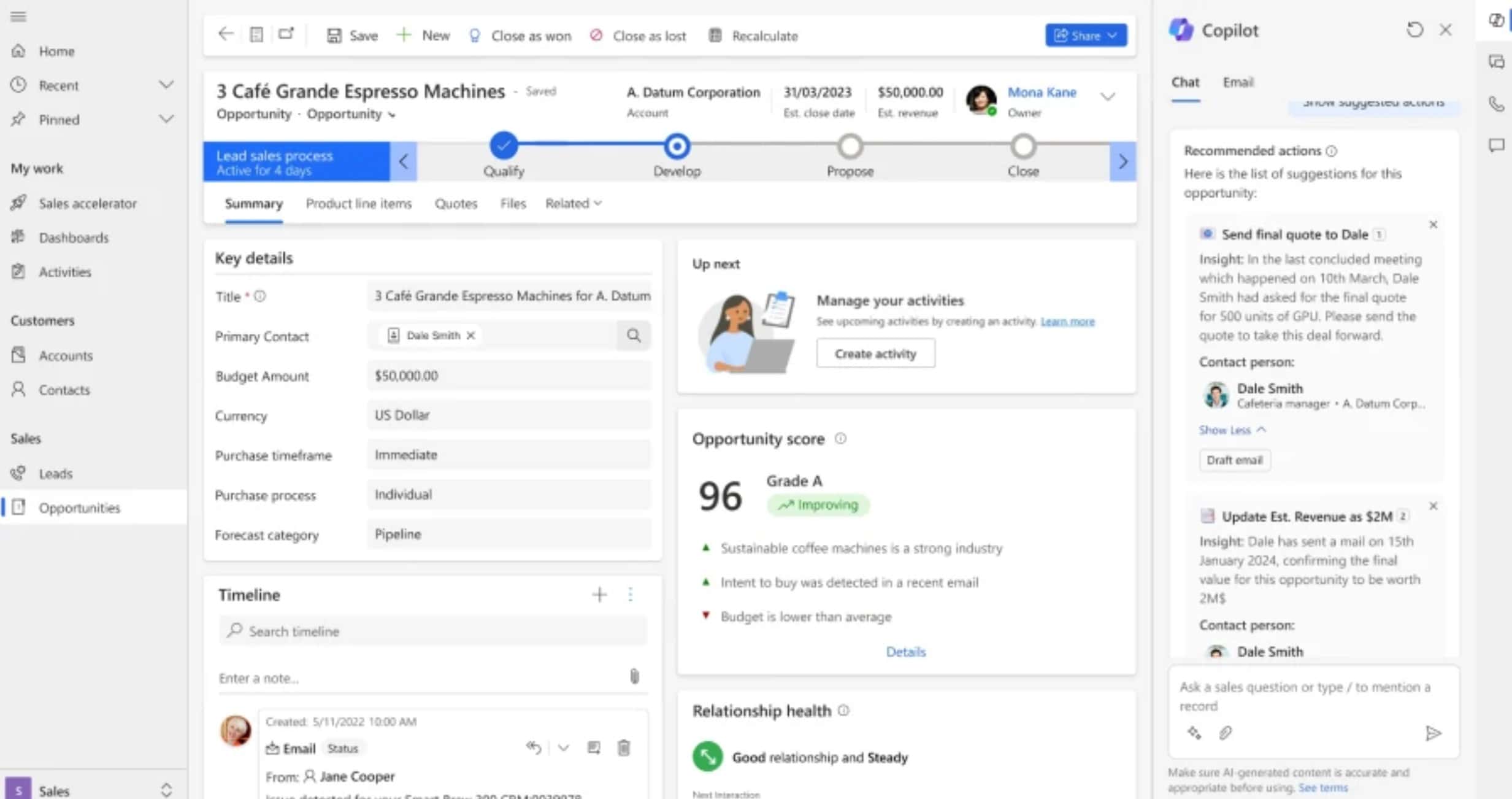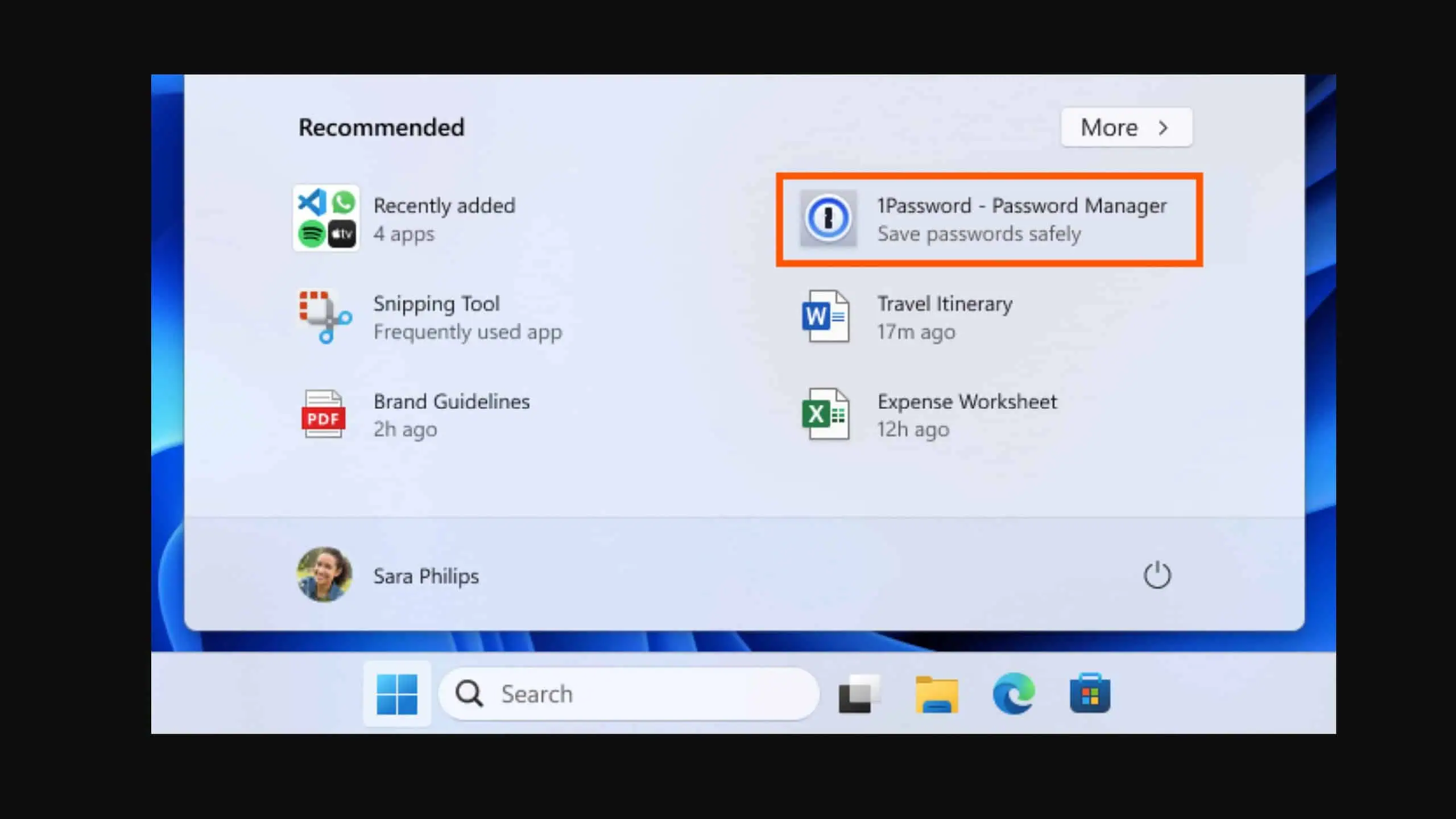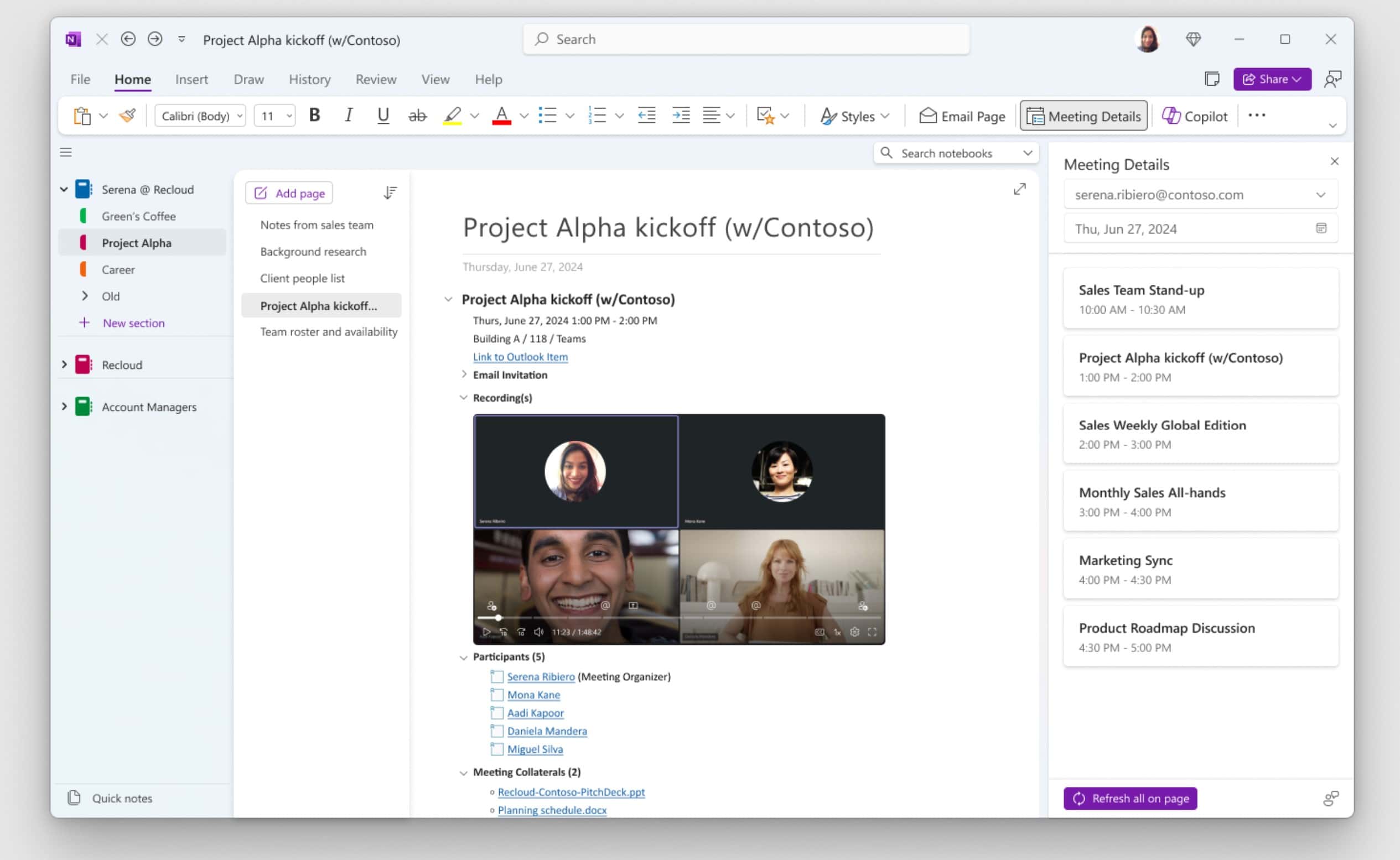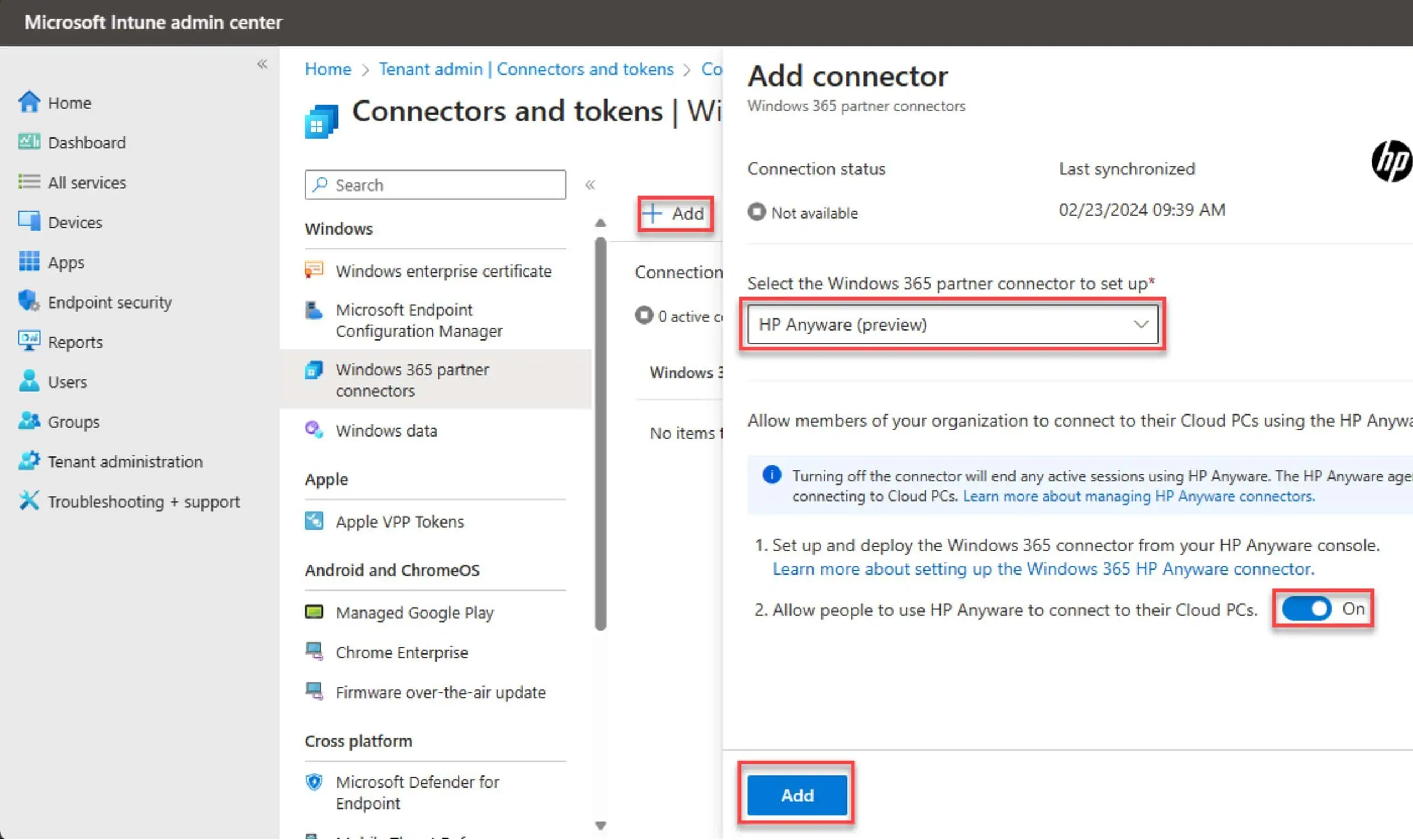Microsoft wants Windows 10 OEMs to make "cool" devices, target Windows loyalists and switchers
2 min. read
Published on
Read our disclosure page to find out how can you help MSPoweruser sustain the editorial team Read more

It’s no secret that Windows PCs have moved from beige functional but ugly boxes to sleek, elegant machines like the Dell XPS ultrabooks and the HP Spectres and Microsoft are intent on capitalizing on that.
At WinHEC 2016 in Shanghai last December, Microsoft shared some information with its hardware partners (over 140 ODMs and OEMs) about building and marketing Windows devices in 2017, including what features sets they should focus on and the categories of devices they should build.
Microsoft identified three hero feature sets enabled by Windows 10 that it believed provided value in Windows 10 hardware to consumers: Windows Hello, Windows Ink, and Cortana.
Microsoft indicated that it would be targeting its Windows 10 marketing campaigns around each of these features, with a primary focus on Windows loyalists and potential Windows users on the verge of switching.
Furthermore, Microsoft has identified 5 key device categories which it believes will help it –and its partners — “win” in 2017. should they choose to invest in them.
- PCs for the Modern Creator: This can be categorized as ultraportables and 2 in 1 devices with support for the Windows 10 hero features and “world-facing and user-facing cameras”
- Modern Peripherals for Everyone: Peripherals — including mice, keyboards and the new “puck” device (think Surface Dial, Dell Totem) — which support Windows Ink, Hello or Cortana will get special branding to highlight this.
- PCs to Power Mixed Reality: PCs that have enough power through Discrete GPUs andCPUs to help power Microsoft’s new wave of Windows Holographic headsets.
- PCs for the Gamer and Media Fanatic: Gaming class PCs and more Xbox-compatible peripherals in order to further tie the Xbox and PCs together.
- IoT devices for Verticals: Devices running Windows 10 IoT.
It is worth noting here that Microsoft did not make any mention of Windows phones – but that is to be expected. Microsoft has retreated from the mobile market, and its partners have not been impressed with the uptake of Windows 10 phones over the past year.
Nevertheless, with the Windows 10 Creators Update – Microsoft is opening up new markets for Windows 10 devices. It’ll be interesting over the long run to see which markets flounder, and which ones take off.






